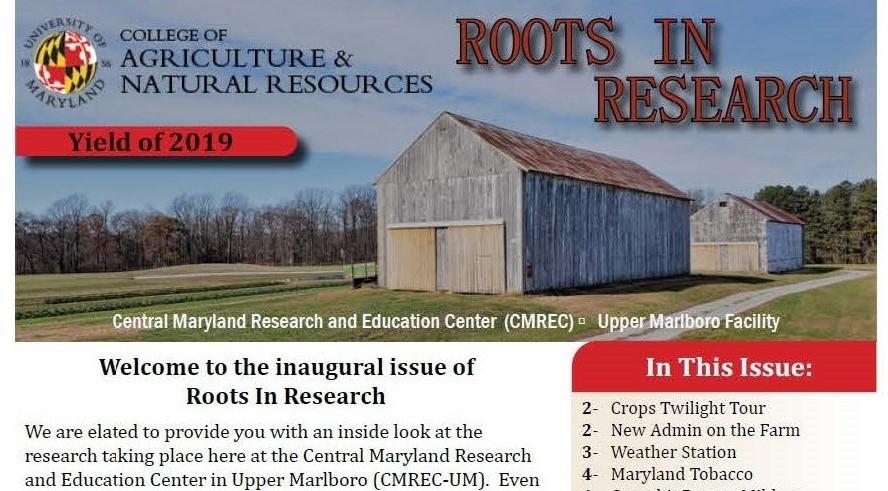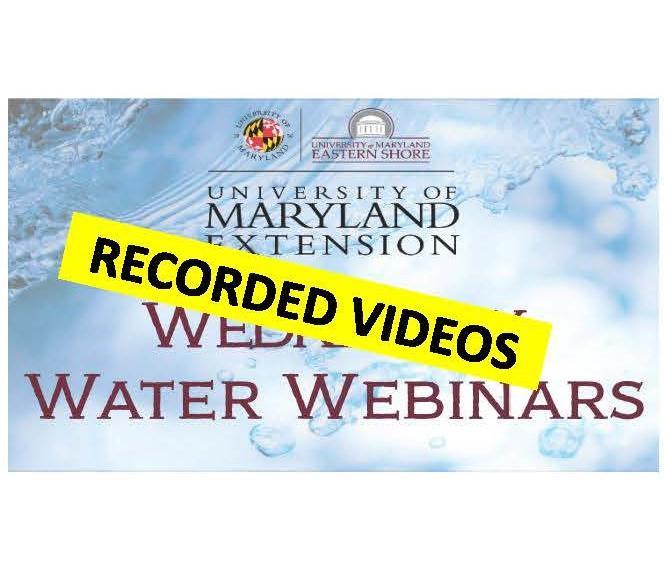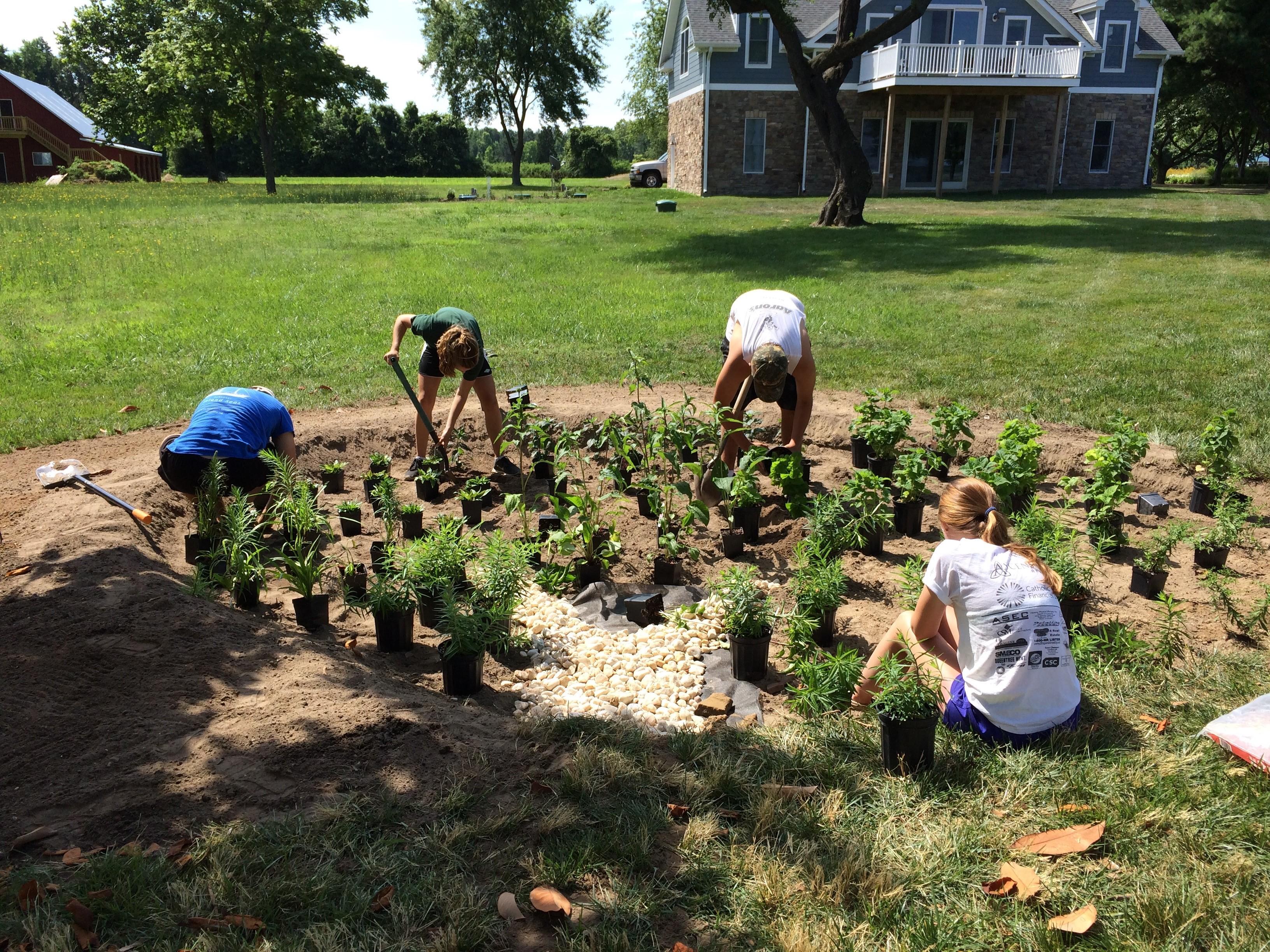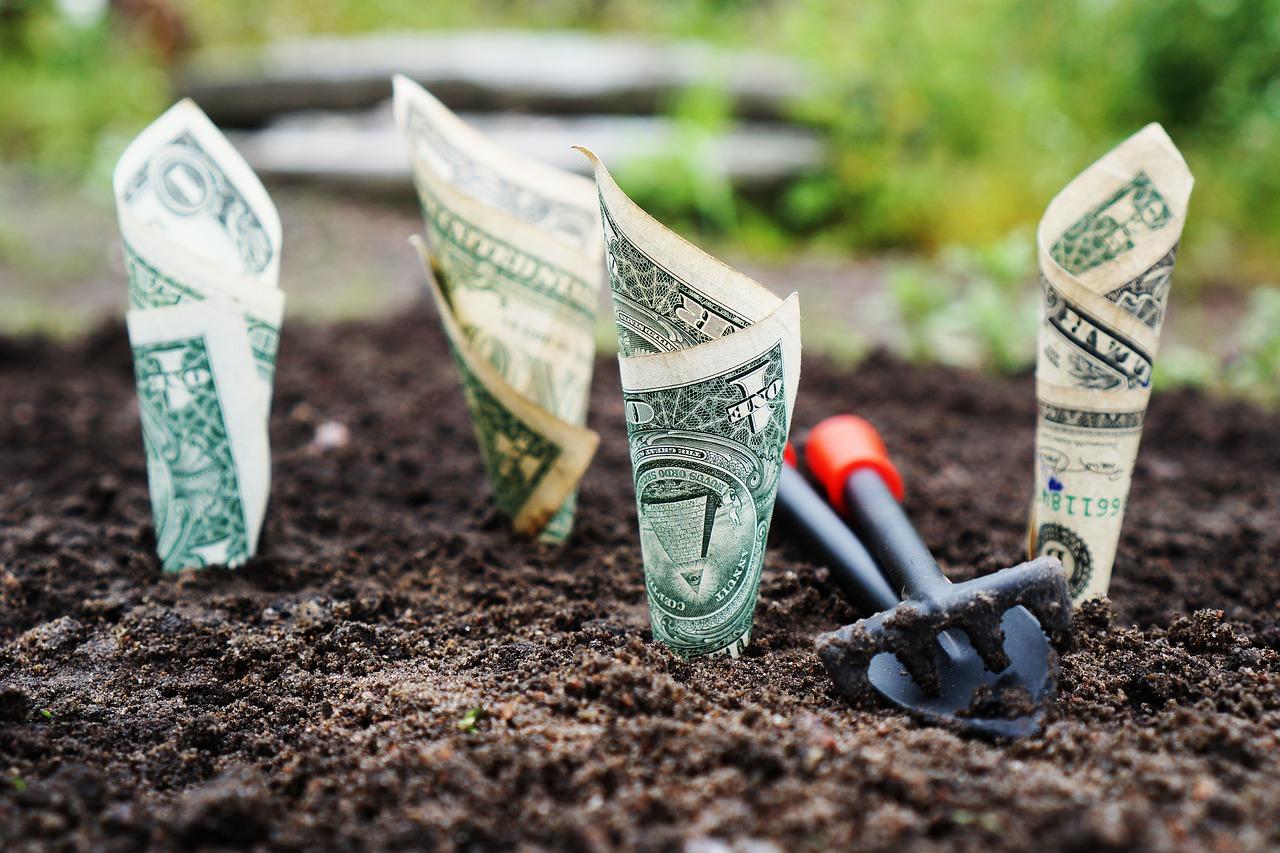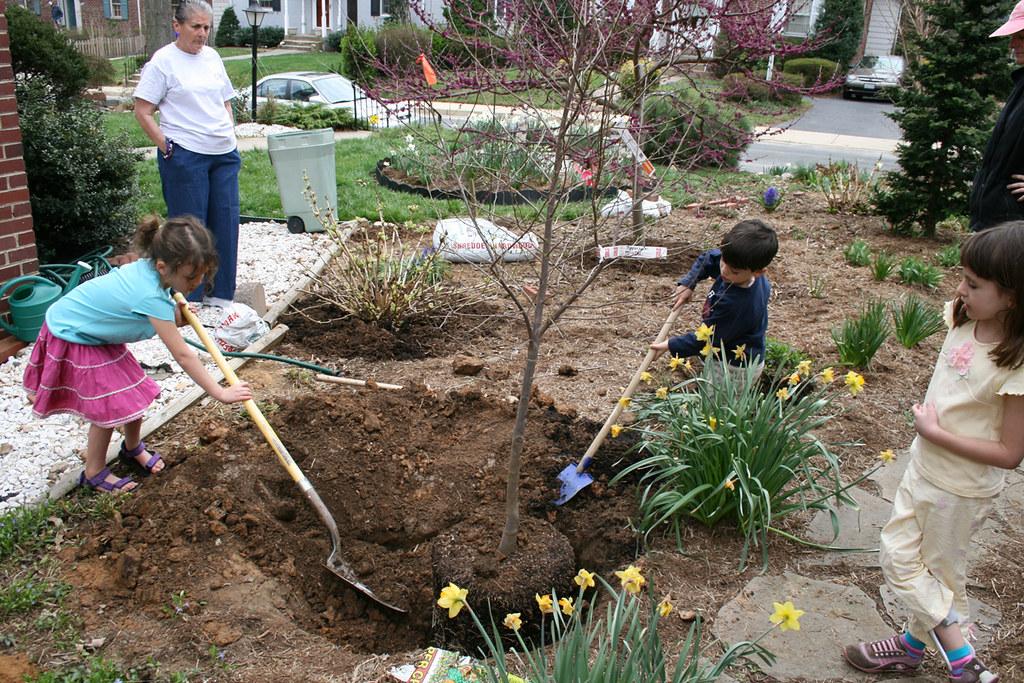Updated: December 5, 2023
You and The Chesapeake Bay: Pesticides
A pesticide is defined as any material that is applied to plants, soil, water, harvested crops, structures, clothing, furnishings, or animals to kill, attract, repel, regulate or interrupt the growth and mating of pests, or to regulate plant growth.

